Here’s how to make music from subtext
mainFrom Anthea Kreston:
Welcome to this week’s Fortnightly Music Book Club, a club which connects the broad and diverse Slipped Disc audience to great literature as well as giving us a chance to engage with leading musicians of our time.
Guest host Bruce Adolphe – composer, author, radio host and lecturer, has answered reader questions below. In addition, we will be presented with a musical exercise we can do at home, chosen from “The Mind’s Ear”.
Resident lecturer at the Chamber Music Society of Lincoln Center, creator/performer of national public radio’s popular podcast Piano Puzzler as well as the author of three books on music, he is presenting two books concurrently – one fiction and one non-fiction, available on Amazon and other outlets as kindle or book. Questions and comments can be left here, or via email to fortnightlymusicbookclub@gmail.com
The Mind’s Ear, Bruce Adolphe
Orfeo, Richard Powers
Question:
Dear Bruce, I am enjoying your book! What great tips. Would you have any advice on how to more deeply feel connected when attending concerts with repertoire that is unfamiliar? And further – when opening up a fresh score for the first time – what kind of things would you encourage a performer to do?
Answer:
Great questions! When attending a concert with unfamiliar repertoire, I would suggest putting yourself in the same frame of mind as when you go to a movie or play, where you are interested to follow the drama as it unfolds, ready for anything. Try to take it in without overburdening your reactions with judgments along the way. Listen deeply and keep your inner commentary on hush mode until it is over. When opening a new score for the first time, resist looking through the whole work — with a novel, do you turn to the ending first? It may be beneficial to encounter a new work the way a group of actors will read through a play. In both instances, I recommend approaching a new work, at first, with a sense of excitement and suspense rather than clinical observation. That comes next.
Question:
I often can feel very emotional when I am playing by myself, but as soon as I begin to play with colleagues, I get distracted and close up. What advice could you give to help me stay open?
Answer:
This is tricky and slightly off the topic of my book since it is not about your engagement with the music itself, but with other musicians. However, I will recommend expanding your relationship to your colleagues so that reading music is not all there is: have lunch together, take walks, and soon the music-making will be another activity “among friends”, which was the original idea of chamber music. I don’t know your age from your question, but for young musicians, I recommend an experience like the Kinhaven Music School in Vermont, a summer camp where the students eat together, take hikes, swim, sing madrigals, and play chamber music (and orchestra). It is a great way to break down barriers to engaged music-making and to open up emotionally. If you are an adult, you need to make your life more like camp! (Seriously!)
Question:
In Orfeo, I was struck by the description of the Messiaen Quartet for the End of Time (pps. 107-120)It had such breadth and I felt as if I could really hear the piece as I was reading. Why aren’t regular program notes written more like this?
Answer:
Ah, good thought. Richard Powers is a great novelist and most program notes are written by musicians, who may be very good writers but they are not fiction writers, and so they are not in the habit of bringing characters and images to life through words. The purpose of a program note is to give some context to the work and perhaps some pointers for listening. In Orfeo, the descriptions of music are there to reveal the protagonist’s passion for and expertise in music. Richard Powers is intensely musical and certainly, being a novelist, he would be an outrageously overqualified program note annotator. He did consult various books for the information on which he based his writing, all cited. For his writing about Quartet for the End of Time, Richard used Rebecca Rischind’s For the End of Time. If you wanted to print novelists’ descriptions of musical works as program notes, you would need to get permission from the publishers, and probably pay royalties.
Question:
In Orfeo, the main character finds many similarities between chemistry and composition. Do you feel that performing music has a “sister field” as well?
Answer:
For me, composing music is like writing a play or novel (perhaps a poem is even closer) and performing music is, up to a point, like acting. Those connections are fundamental to my book The Mind’s Ear. While a novelist risks upsetting friends and family by using real life as source material, a composer draws on the feelings of real life without having to reveal any sources, even obliquely. But the process of creating a work, whether in music or words, has similarities. A new book called Secrets of Creativity will be published in 2019 by Oxford University Press. It is a collection of writings by neuroscientists and people in the arts, including Richard Powers and myself, discussing various aspects of creativity. As for the relationship of actors to performing musicians, The Mind’s Ear says most of what I can say on the subject. As for chemistry, well..that’s life itself!
Anthea:
I have asked Bruce to choose one exercise from his book, The Mind’s Ear, for us to do at home. I have found this book totally enlightening, and plan to use some of these exercises with my student groups in the coming semester. Thank you, Bruce! Readers – we love your feedback – please let us know how this worked for you. Next week we will try another group experiment on listening and decoding musical messages.
Now, let’s do an exercise together from Mind’s Ear. This is one of my favorites. Let us know how it went for you!
From The Mind’s Ear:
REVERSE SUBTEXT
For an actor, the subtext is what characters are really thinking and feeling when they say a line. Take the line, “Hi, Honey, I’m home!” The subtext might be any of these: “I’m so tired and very glad to be home”; “Tonight we have a big date!”; “I’m so sick of my life”; “I’m so angry at you!” Exploring the idea of subtext in music is challenging, since music is not saying one particular thing that can be translated into words. However, by reversing the process, we can experiment, as follows:
• Take a line from a play or make up a line of text.
• Say the line different ways, giving it different subtexts.
• Pick one line reading that seems convincing.
• Write the words on paper, adding rhythmic notation that reflects the reading.
• Add dynamics and articulation markings.
• Give the line, now notated with rhythms, dynamics, and articulation, to someone to read who did not hear you read the line.
• Does the notation convey everything you hoped it would?
• Does the new line reading from your musically annotated text sound as you expected?
• Does the new line reading have the subtext you had in mind?
VARIATION:
Do the same exercise, but add one more step: substitute musical notes for the words. Now you have a musical phrase based completely on the subtext.
Have a great week, and see you in a Fortnight!
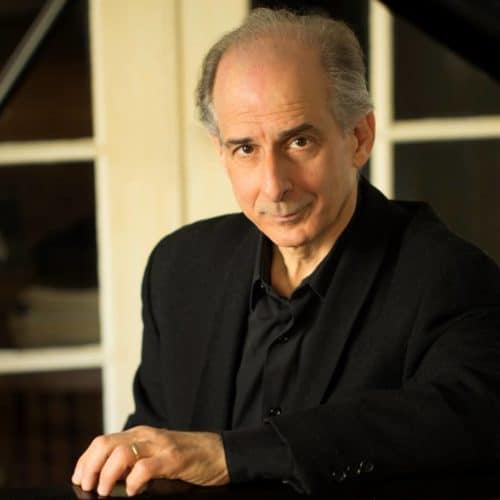

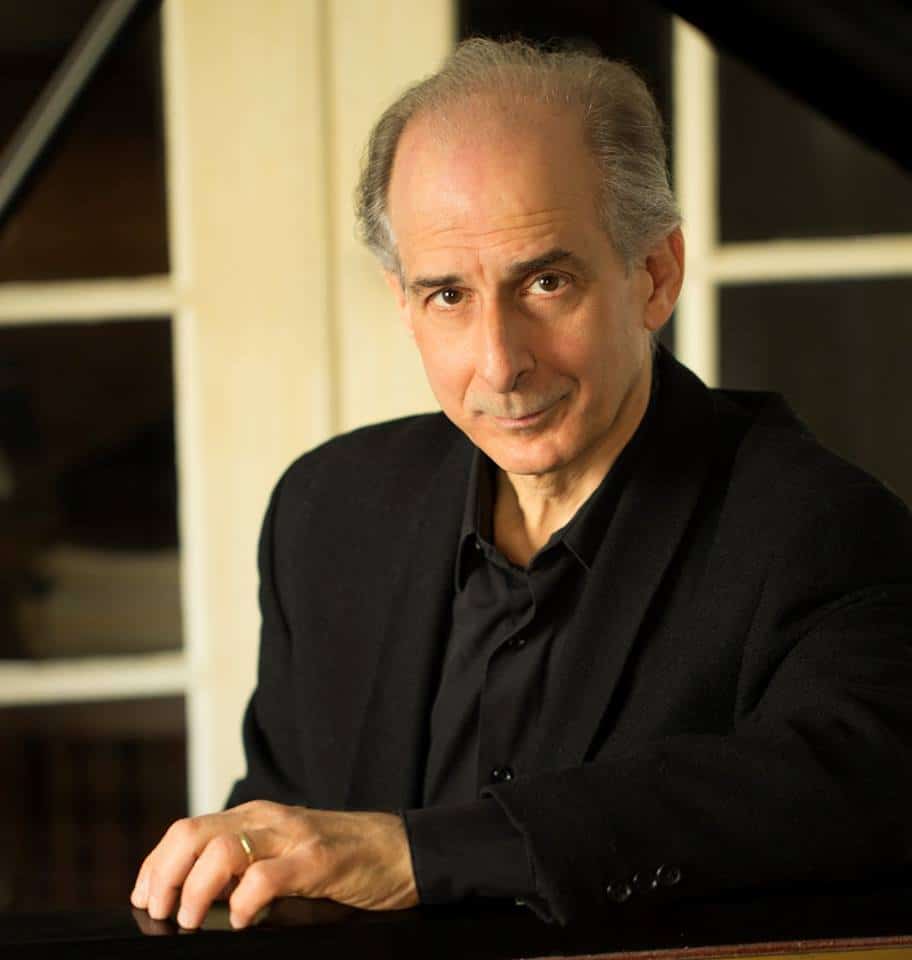
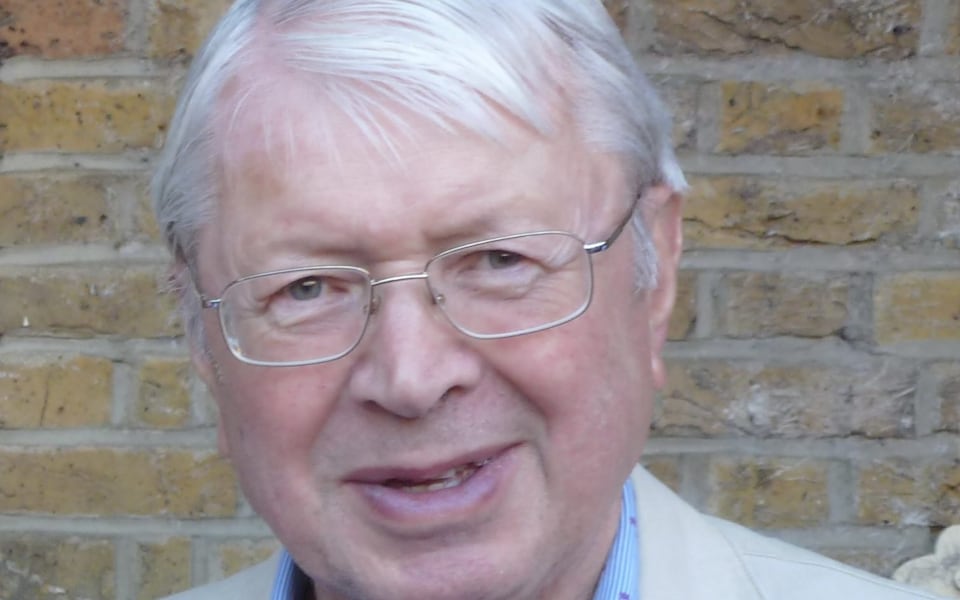

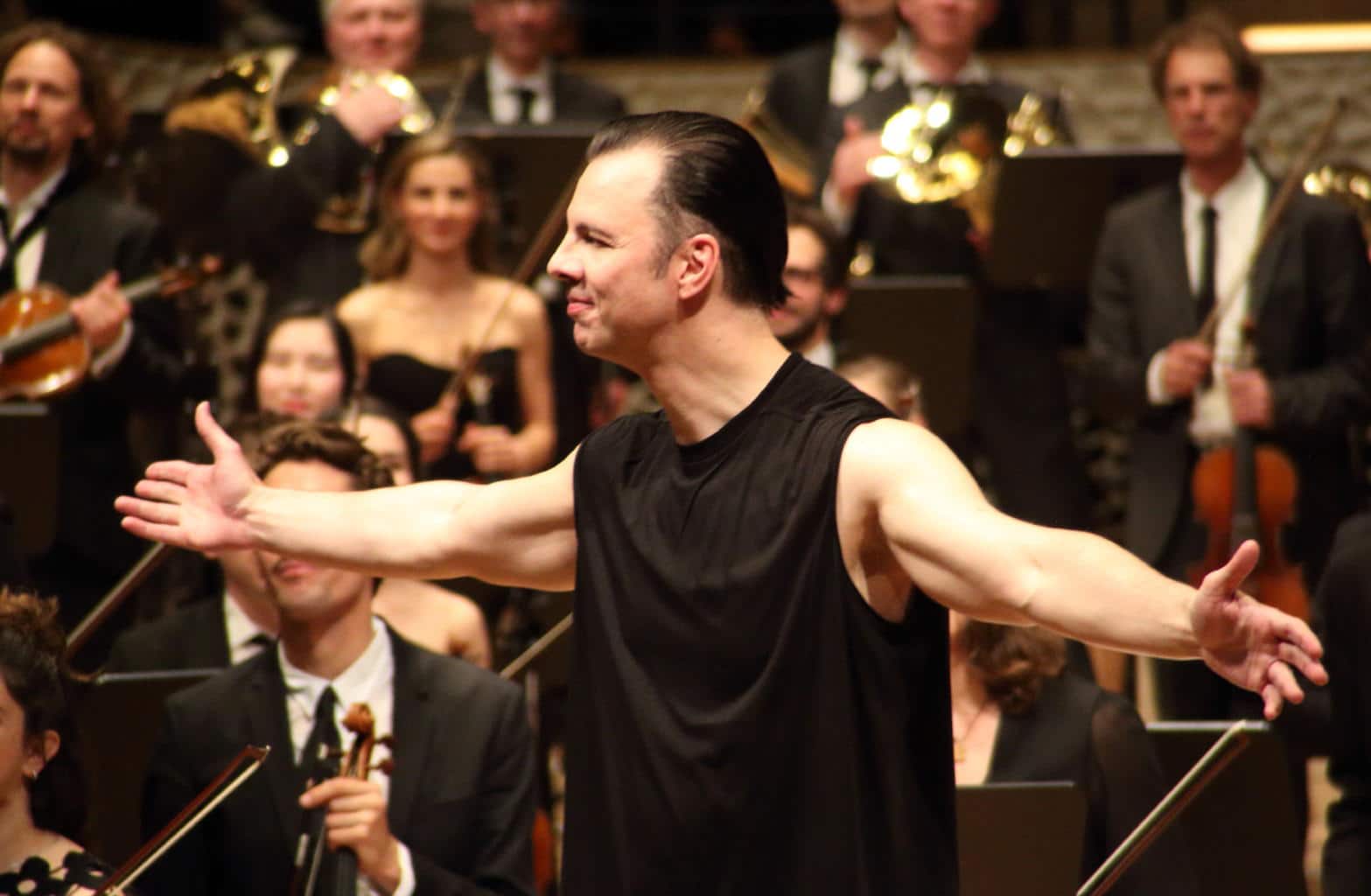
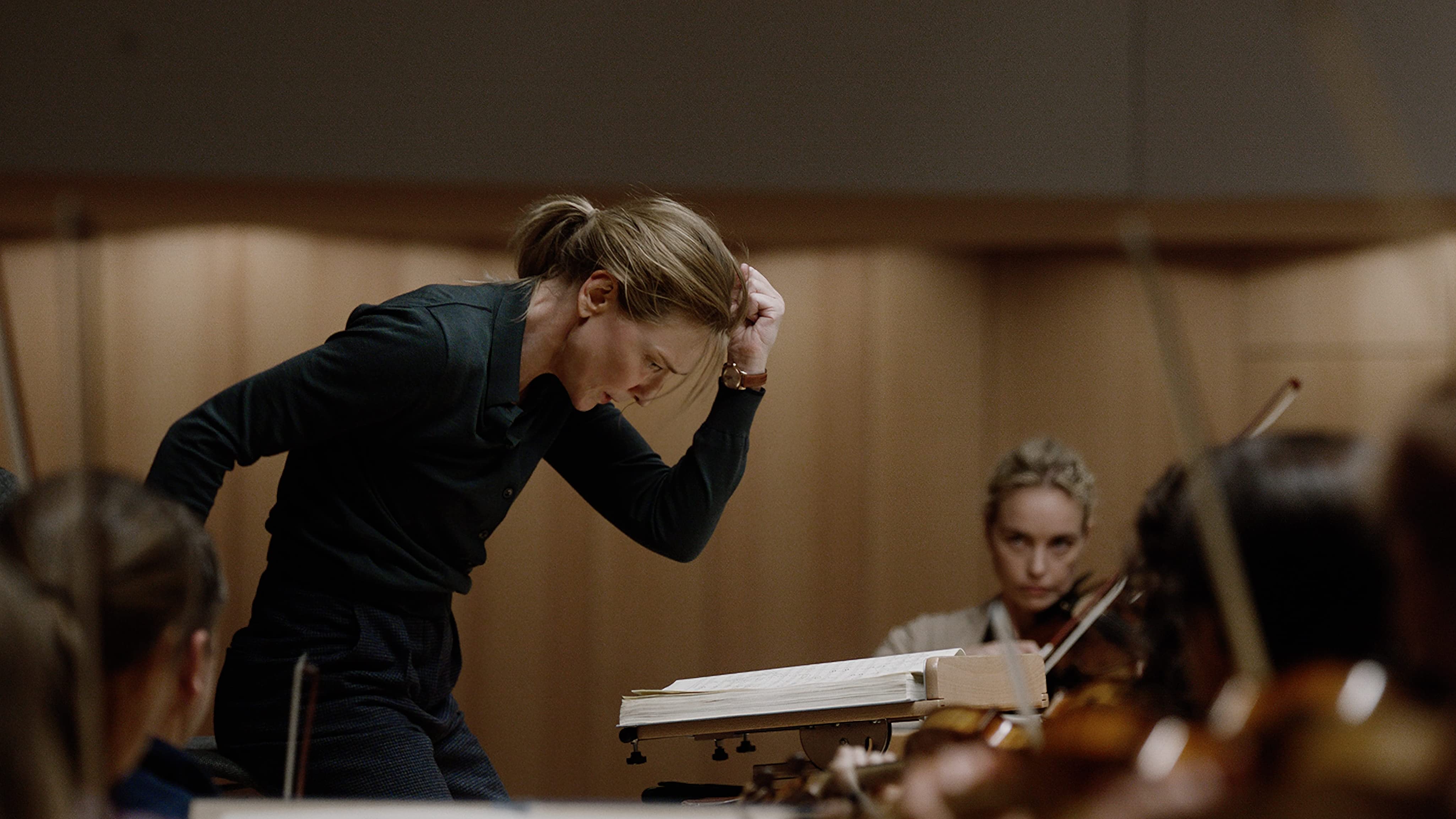
Comments